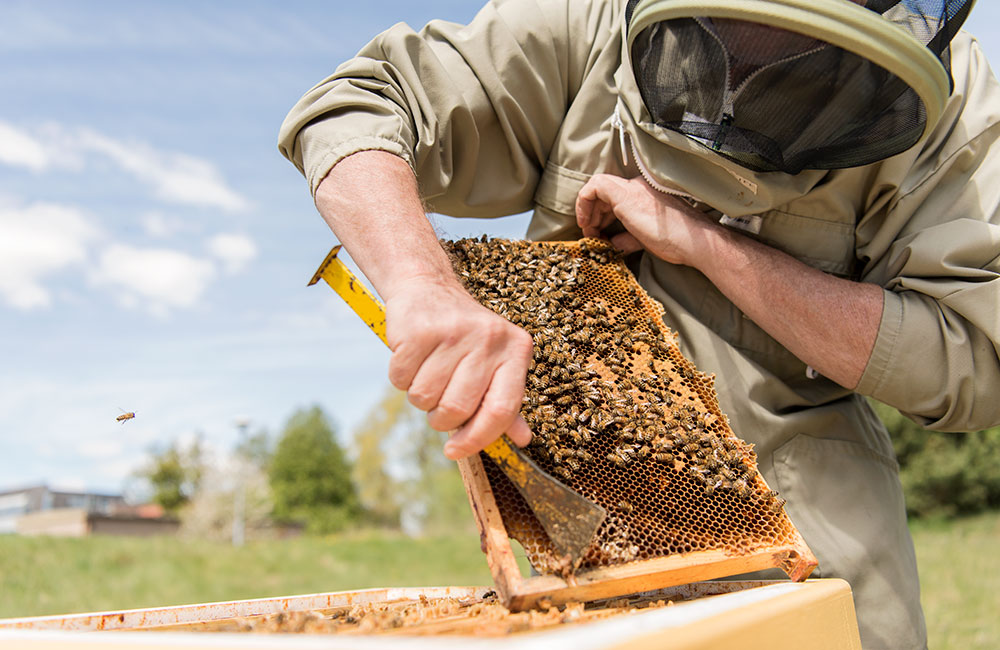Akademiska Hus focuses on increased biological diversity
Tuesday, 19 May 2020
As one of the largest park managers in Sweden, Akademiska Hus dedicates considerable attention to the outdoor environments that surround its property holdings, which total 3.3 million square metres. Access to greenery and nature provide campuses with an environment that both relieves stress and enhances performance, while also benefiting the local flora and fauna.
“We want campuses in Sweden to be an asset to the entire community and we work to strengthen biological diversity in both our current management and when we develop new buildings or entire areas. In this way, we provide better conditions for humans, animals and insects to flourish on campus and in the ecologically sustainable outdoor environments that are created there,” says Mia Edofsson, Sustainability Manager at Akademiska Hus.
Large and small initiatives
When Akademiska Hus and the centres of education plan for development of the campuses, they formulate long-term campus plans that take into account social, ecological and climate-related perspectives. A major focus of their systematic approach involves safeguarding green aspects and biological diversity – now and over time. An array of examples of initiatives to promote biodiversity can be found all over the country, including insect hotels, hedgehog houses, bee hive boxes and houses adapted for titmice, starlings, treecreepers, bats and butterflies. In several places, Akademiska Hus has enhanced ecological values on through landscaping initiatives that include meadows, allotment garden plots, stormwater ponds, water features and permaculture gardens. A large number of buildings have green sedum roofs with room for bee houses for wild bees.
In certain cases, promoting biological diversity has served as a central theme to guide the development of completely new campuses. A cohesive university district is growing in Stockholm that extends from Stockholm University in the north, via KTH over to Hagastaden, and with Karolinska Institutet to the west. The Albano Campus is developing into a modern and competitive university environment in harmony with nature and the objective of serving as a role model in sustainable urban development. As evidence of the success of this project with respect to sustainability, Albano is the first campus in Sweden to qualify for certification according to Citylab standards, a sustainability certification that covers not just an individual building, but an entire urban development project.
New water systems are being created at Albano to take care of surface water and improve the microclimate, while outdoor environments are being designed to strengthen the distribution pathways for plants and animals between the Royal National City Park and Haga Park. Biotopes and plants are chosen based on the surrounding landscape and are placed so they support known ecological distribution pathways. Through green roofs with large open rooftop terraces that students, employees and even the general public can access, the university buildings become an integrated component of the park environment.
“Through large and small initiatives, we help to increase the biological diversity of Sweden’s campuses. We work in close collaboration with our customers and other stakeholders to promote an even more sustainable society,” says Mia Edofsson.